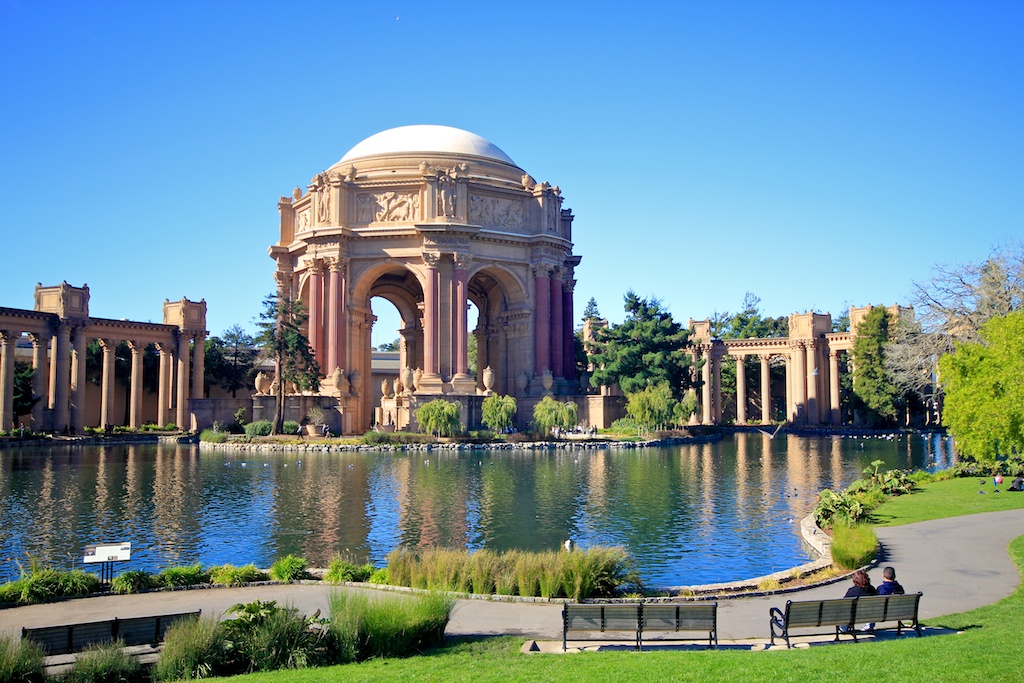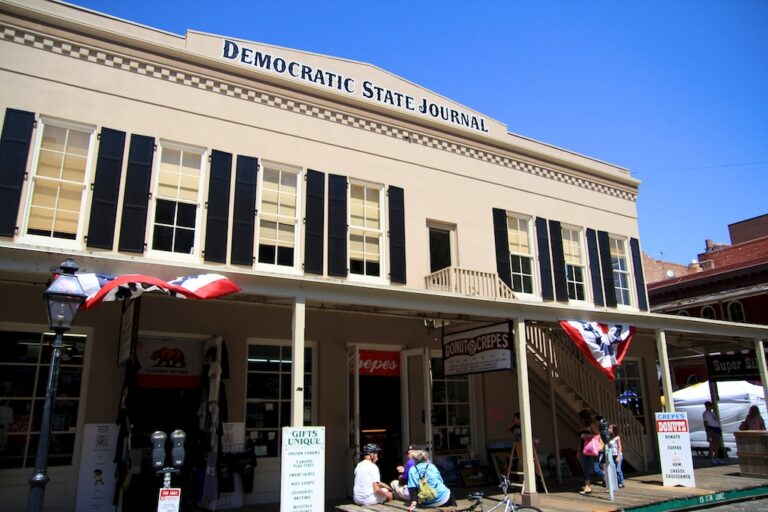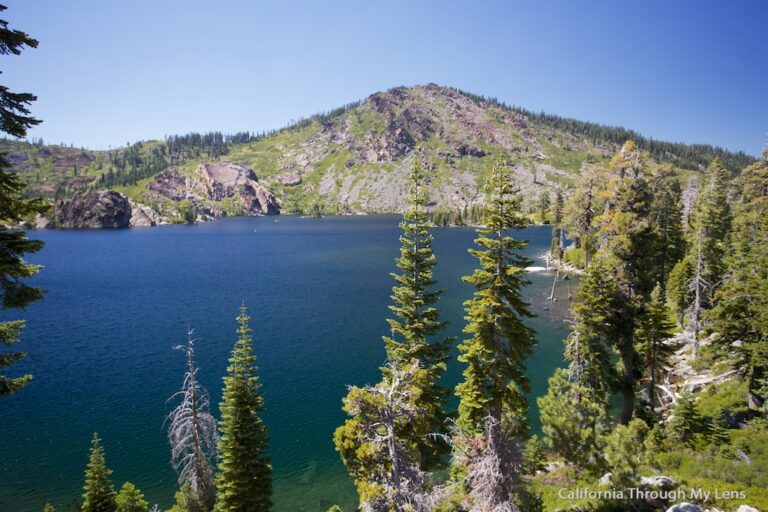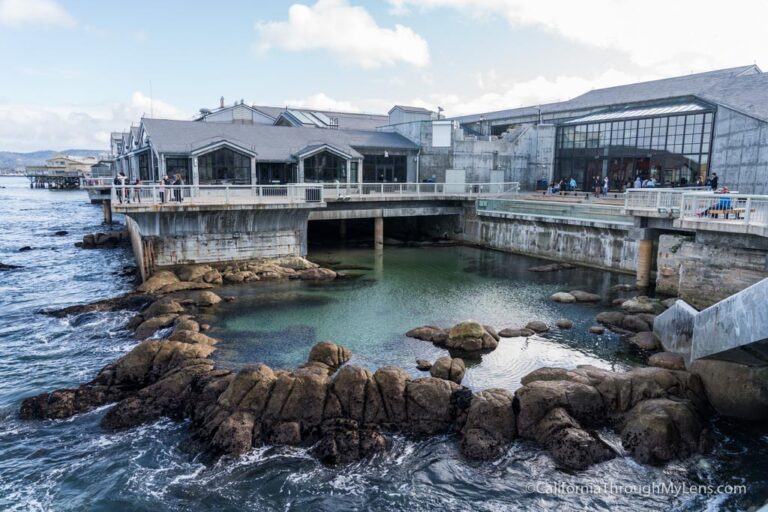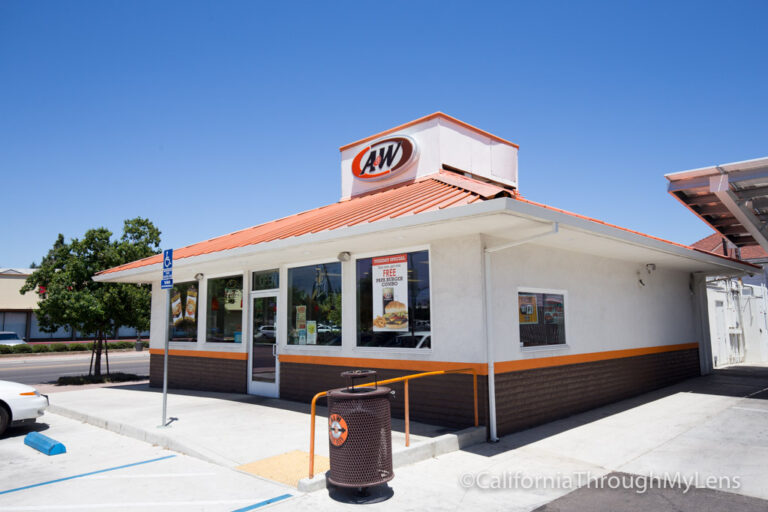Palace of Fine Arts: European Ruins in San Francisco
One of the most beautiful places to visit in all of San Francisco is the art exhibit created to mimic the impressive remains of a fictional structure called the Palace of Fine Arts. This series of buildings, juxtaposed with a man-made lagoon that surrounds it, is a fun place for photo shoots, a casual stroll, or even a picnic with the whole family. It’s free to the public and has a unique look as it does feel like actual ruins you are walking through; here is all the information.
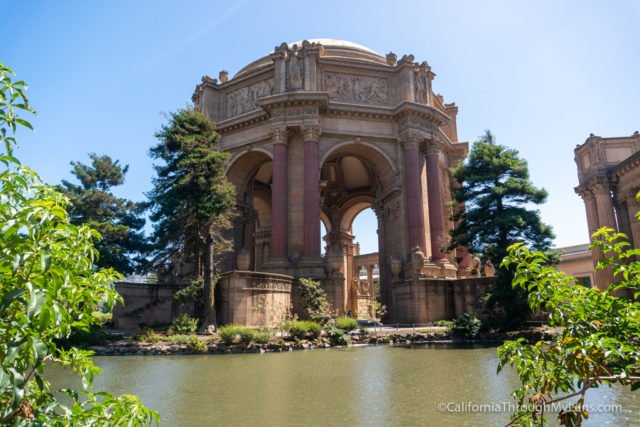
History
I took this directly from their site because I felt the history was so unique it was not worth paraphrasing.
The Palace of Fine Arts was one of ten palaces at the heart of the Panama-Pacific Exhibition in 1919. The Palace of Fine Arts was designed by Bernard Maybeck, who took his inspiration from Roman and Greek architecture in creating what was mainly a fictional ruin from another time. While most of the exposition was demolished when it ended, the Palace was so beloved that a Palace Preservation League was founded while the fair was still in progress.
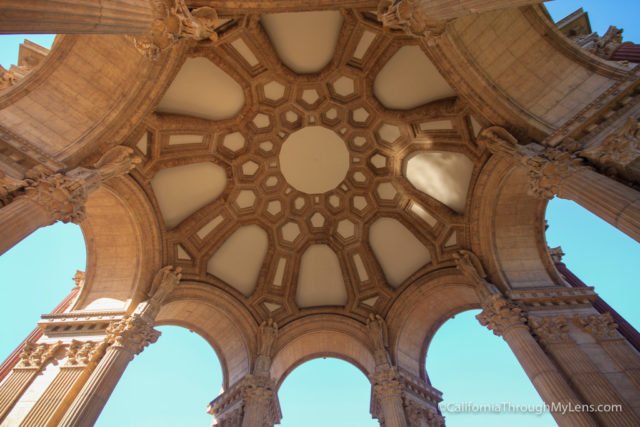
For a time, the Palace housed a continuous art exhibit, and during the Great Depression, W.P.A. artists were commissioned to replace the decayed Robert Reid murals on the ceiling of the rotunda. From 1934 to 1942, the exhibition hall was home to eighteen lighted tennis courts. During World War II it was requisitioned by the military for storage of trucks and jeeps. At the end of the war, when the United Nations was created in San Francisco, limousines used by the world’s statesmen came from a motor pool there. From 1947 on, the hall was put to various uses: as a city Park Department warehouse; as a telephone book distribution center; as a flag and tent storage depot; and even as temporary Fire Department headquarters.
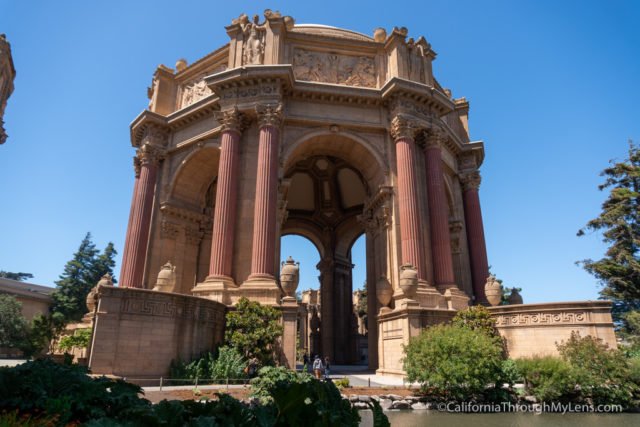
In 1964 the original Palace was completely demolished, with only the steel structure of the exhibit hall left standing. The buildings were then reconstructed in permanent, light-weight, poured-in-place concrete, and steel I-beams were hoisted into place for the dome of the rotunda. All the decorations and sculptures were constructed anew. The only changes were the absence of the murals in the dome, two end pylons of the colonnade, and the original ornamentation of the exhibit hall.
Palace of Fine Arts
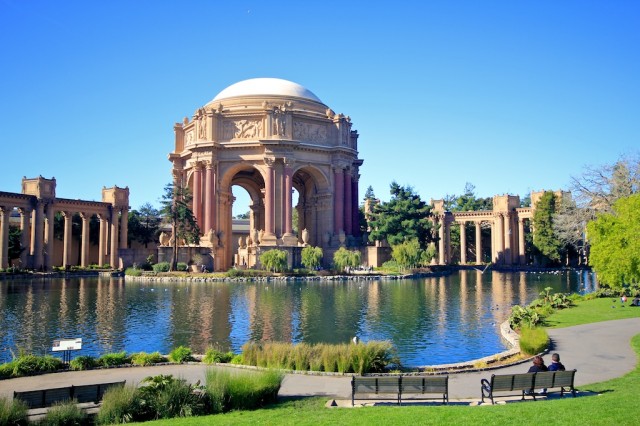
I loved walking through this beautiful piece of art. It is such an exciting spectacle to see right in the middle of a San Francisco neighborhood and only minutes walk from the bay. You can stroll the ruins and marvel at the sheer size of the domed structure that can be seen from all over the city’s high places.
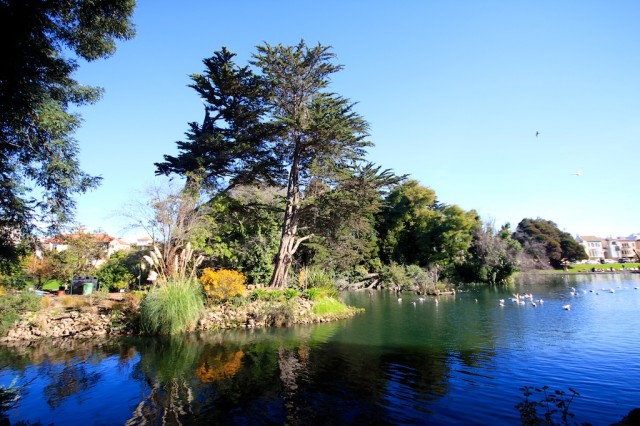
The added lagoon creates a beautiful compliment to the fake ruins with its lush foliage and walking path, complete with benches.
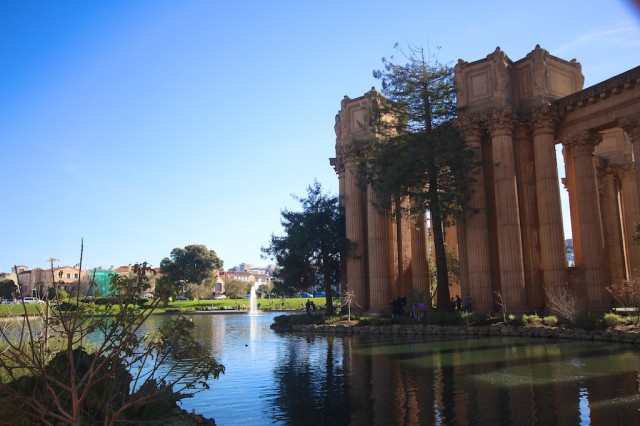
This is another one of those places where I felt I could not take enough pictures. Every time you turn a corner, there is another unique view of this structure that greets you, and it didn’t help that we had a beautiful sunny day to explore in as well.
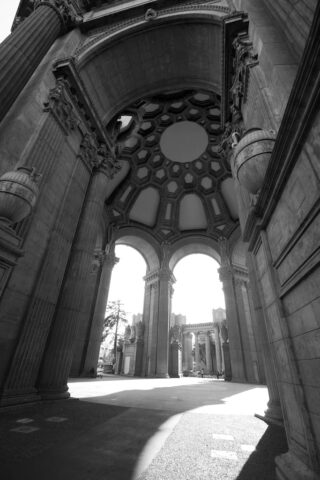
If you come with your family, you should check out the museum that is attached to the Palace of Fine Arts called the Exploritorium (no longer there, it has moved locations) as it is a great place to see and interact with many different marvels of science.
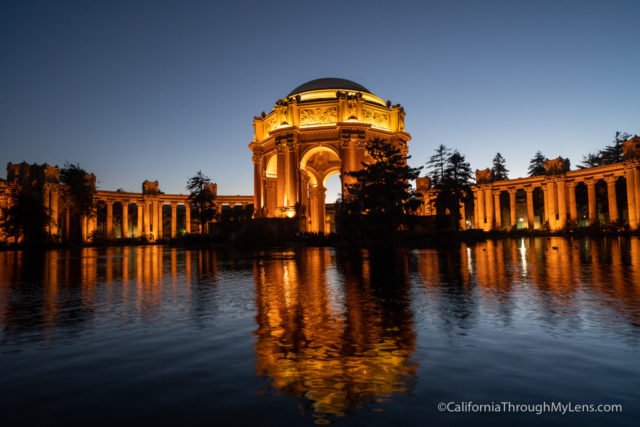
Right around dusk, the Palace of Fine Arts is also really pretty to see. It is all lit up and the light reflects on the water.
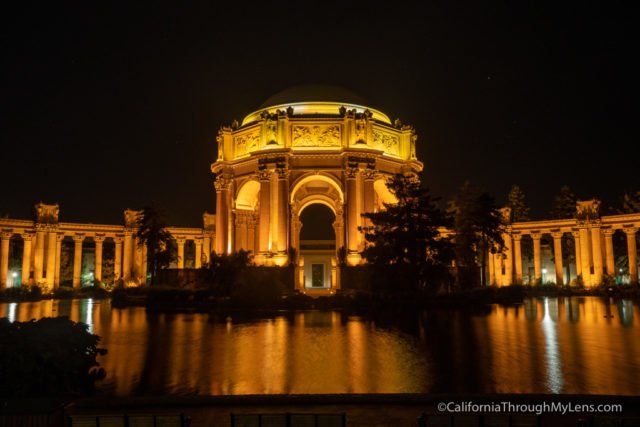
All in all, the Palace of Fine Arts is a must see. It is a beautiful display of art in the heart of San Francisco and should not be missed on any trip there. If you are visiting and looking for something else to do, it is a short walk from the wave organ, as well.

